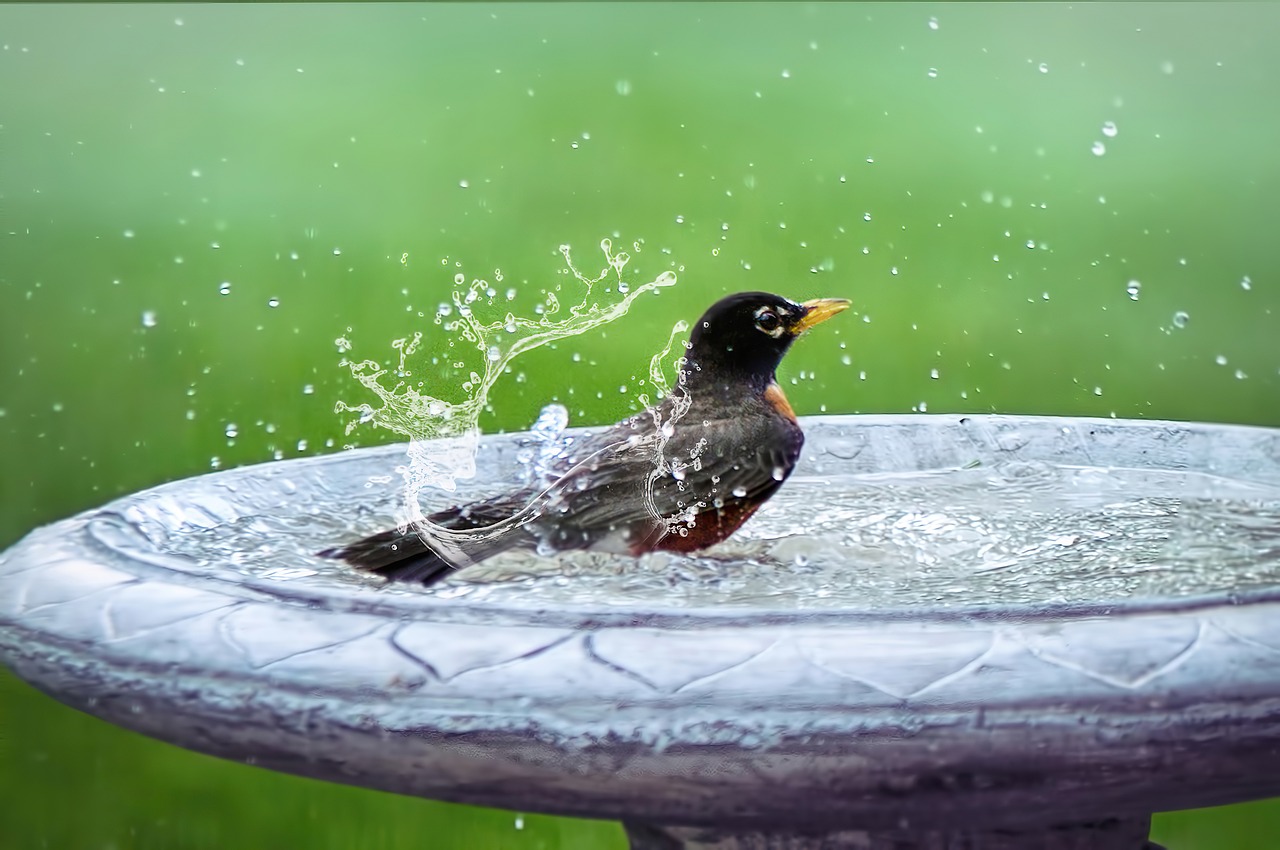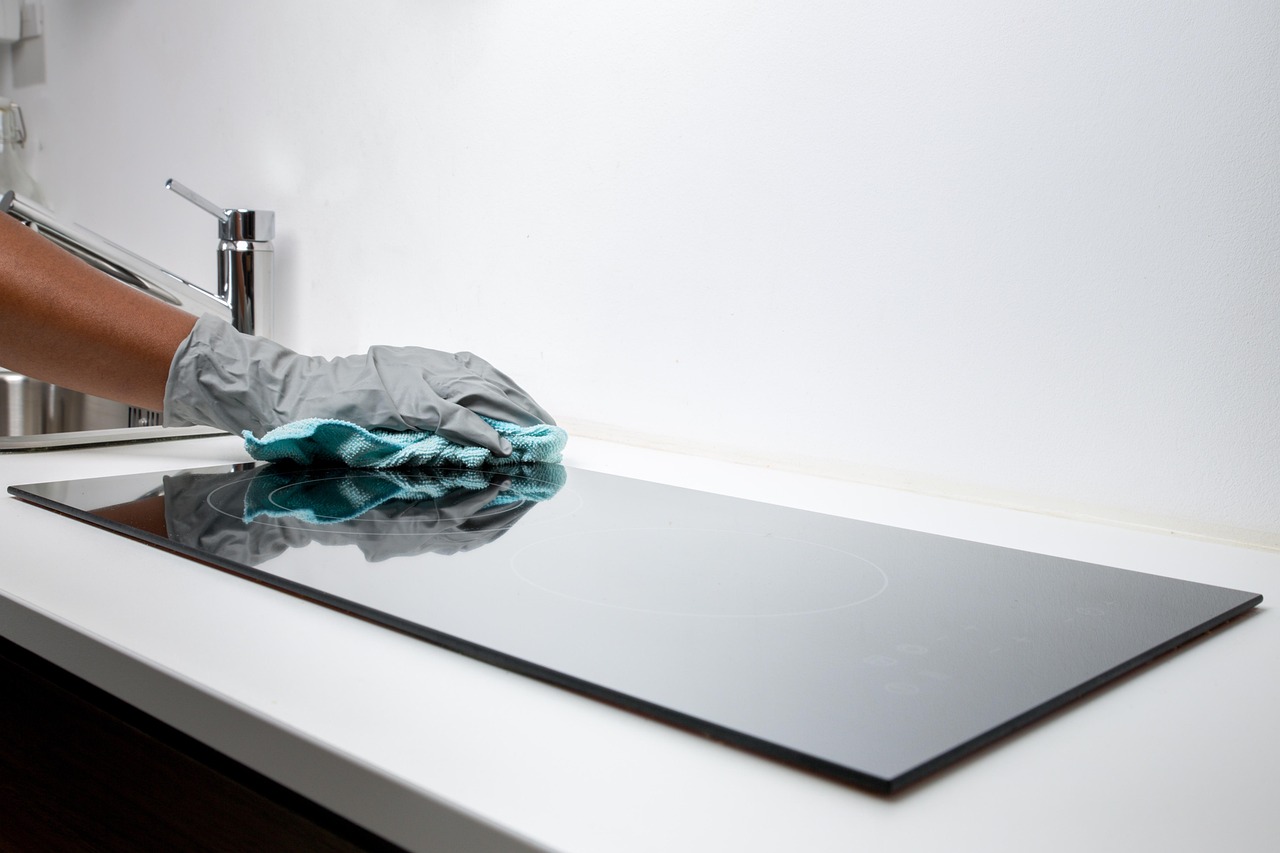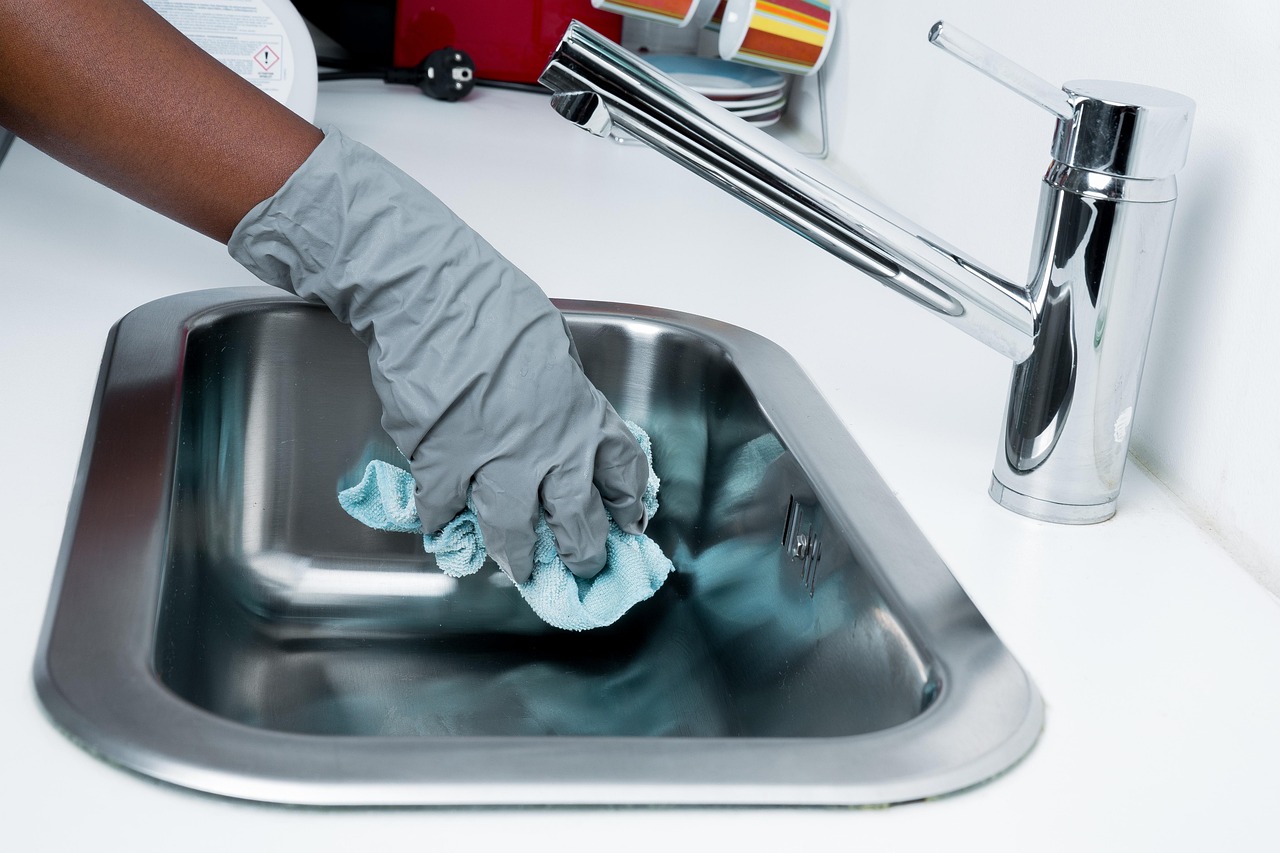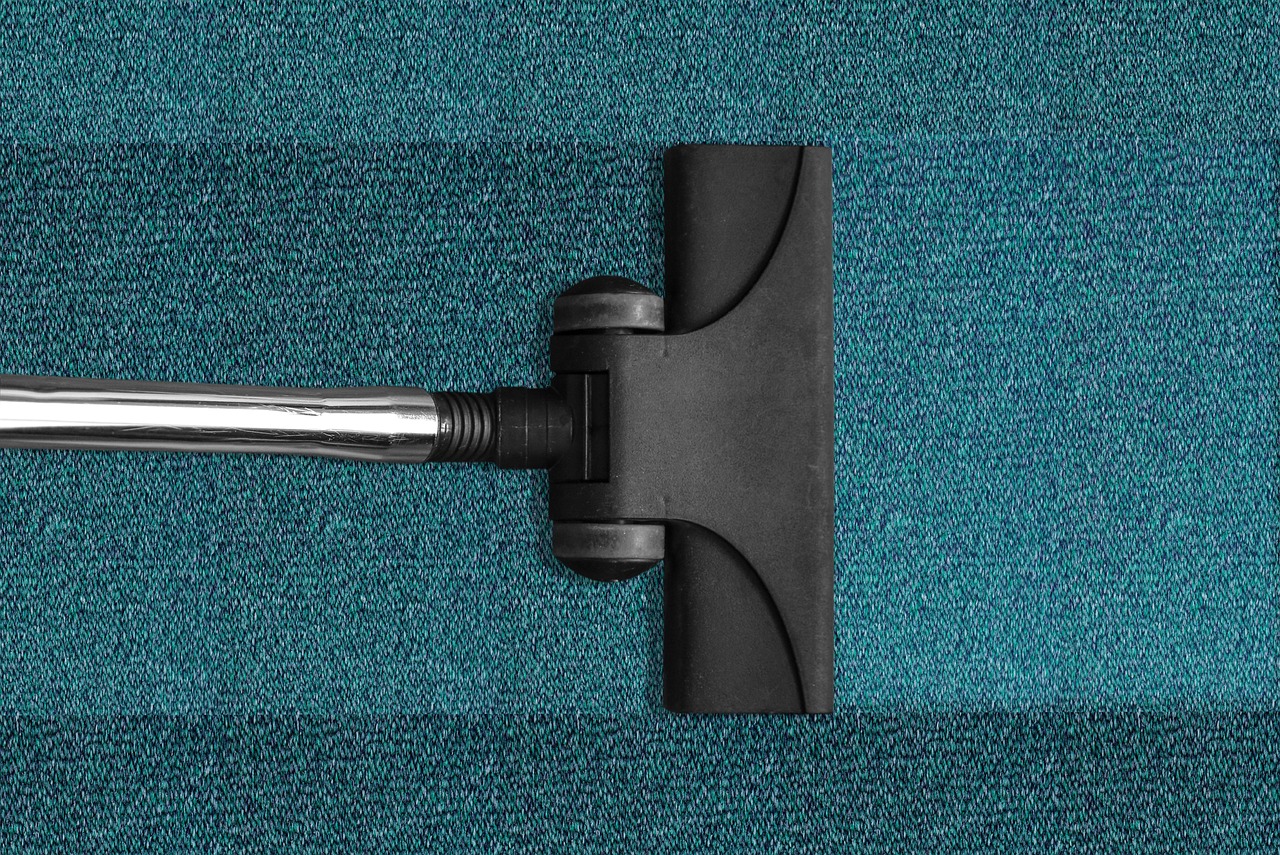To maintain a healthy habitat for birds, clean bird baths regularly by scrubbing them with a brush and using a mixture of water and vinegar or a mild soap. Rinse thoroughly to remove any residue. This prevents algae growth, removes harmful bacteria, and ensures that birds have a safe and inviting place to drink and bathe.
Bird baths serve as essential water sources for many species, especially in urban and suburban areas where natural sources may be scarce. Providing these baths not only helps birds stay hydrated but also promotes their overall health and well-being. Regular cleaning is crucial to ensure that the water remains fresh and free from contaminants.
Keeping bird baths clean is not just about aesthetics. Dirty bird baths can become breeding grounds for harmful bacteria and algae, which can harm the birds that visit them. Algae can thrive in stagnant water, leading to murky conditions that deter birds from using the bath. Therefore, understanding the best practices for cleaning bird baths is vital for every bird enthusiast.
Why Cleaning Bird Baths is Important

Bird baths attract a variety of species, providing them with hydration and bathing opportunities. However, without proper maintenance, these baths can quickly turn into unhealthy environments. Here are some key reasons why regular cleaning is necessary:
- Prevention of Disease: Stagnant water can harbor diseases that are easily transmitted among birds. Regular cleaning helps mitigate this risk.
- Algae Control: Algae growth can occur rapidly in warm weather. A clean bath reduces the chances of algae forming.
- Aesthetic Appeal: A clean bird bath enhances your garden’s appearance, making it more inviting for both birds and people.
- Encouraging Visits: Fresh water attracts more birds. When they find a clean bath, they are more likely to return.
It’s essential to recognize that the health of our avian friends can be influenced by our actions. By providing a clean environment, we contribute positively to their survival and well-being.
How Often Should You Clean Your Bird Bath?
The frequency of cleaning depends on various factors such as location, weather conditions, and the number of birds visiting. Generally, it is advisable to clean bird baths at least once a week. However, during hot weather or periods of heavy use, you may need to clean them more frequently.
In addition to regular weekly cleanings, it is wise to inspect the bath every few days. Look for signs of algae growth or debris accumulation. If you notice any issues, address them immediately to maintain a healthy habitat.
Steps for Cleaning Your Bird Bath
Cleaning a bird bath is a simple process that requires minimal supplies. Follow these steps to ensure effective cleaning:
- Empty the Bath: Start by emptying any remaining water from the bird bath.
- Scrub the Surface: Use a brush or sponge to scrub the interior surface of the bath thoroughly. Be sure to pay attention to corners where dirt may accumulate.
- Use a Cleaning Solution: For stubborn stains or algae, use a mixture of one part vinegar to nine parts water or a mild dish soap. Avoid harsh chemicals as they can be harmful to birds.
- Rinse Thoroughly: After scrubbing, rinse the bird bath with clean water to remove any soap or vinegar residue.
- Refill with Fresh Water: Once clean, refill the bird bath with fresh water and place it back in its original spot.
These steps ensure that your bird bath remains a safe haven for birds while also being easy to maintain for you.
Additional Tips for Maintaining Bird Baths
In addition to regular cleaning, consider implementing these maintenance tips:
- Placement: Position the bird bath in a shaded area to help keep the water cooler and reduce algae growth.
- Add Rocks: Placing rocks or pebbles in the bath provides birds with perches and helps prevent drowning.
- Use Water Wigs: These devices help keep the water circulating, which can reduce mosquito breeding and algae growth.
By incorporating these additional tips into your routine, you can create an inviting environment that encourages birds to visit frequently and thrive in your garden.
Choosing the Right Bird Bath
When selecting a bird bath, there are several factors to consider that can impact its effectiveness and the types of birds it attracts. Understanding the different styles and materials available will help you make an informed choice that suits your garden and the avian visitors it aims to attract.
Types of Bird Baths
Bird baths come in various designs and materials, each with unique benefits. Here are some popular types:
- Heated Bird Baths: Ideal for colder climates, these baths prevent water from freezing during winter, allowing birds access to water year-round.
- Fountain Bird Baths: These baths feature a fountain that circulates water, which not only helps keep the water fresh but also attracts birds with the sound of flowing water.
- Pedestal Bird Baths: Elevated and often decorative, these baths are excellent for attracting birds, as they provide a clear view of the surrounding area.
- Ground-Level Bird Baths: These baths can be placed directly on the ground, making them accessible for ground-feeding birds like sparrows and doves.
Each type serves a specific purpose, so consider the local bird species when choosing the right one for your yard.
Materials to Consider
The material of the bird bath plays an essential role in its durability and maintenance. Common materials include:
- Concrete: Very durable and heavy, concrete baths are resistant to tipping over but can be challenging to clean.
- Plastic: Lightweight and affordable, plastic baths are easy to clean and move but may not last as long as heavier materials.
- Ceramic: These baths are often beautifully designed but can be fragile. They may crack or break if not handled carefully.
- Metal: Aluminum or stainless steel baths are durable but can get very hot in the sun, potentially harming birds. Ensure they have a protective coating or shade.
Selecting the appropriate material ensures longevity while fitting your garden’s aesthetic.
Establishing a Healthy Environment Around Your Bird Bath
A bird bath’s immediate surroundings can significantly influence bird visits. Creating a welcoming environment encourages birds to frequent your garden. Here are some strategies to enhance the area:
Add Native Plants
Natives plants provide food and shelter for birds. By planting a variety of flowers, shrubs, and trees native to your area, you can attract different bird species while contributing to local biodiversity.
- Flowering Plants: Attract insects that birds feed on.
- Berries and Fruits: Provide a natural food source.
- Shrubs and Trees: Offer nesting sites and protection from predators.
Create Perches and Hiding Spots
Birds feel safer when they have places to perch and hide. Incorporate the following elements into your garden design:
- Branches or Stakes: Install sturdy branches or decorative stakes near the bath for perching.
- Nesting Boxes: Place nesting boxes nearby to encourage breeding and provide shelter.
- Brush Piles: Create brush piles using twigs and leaves to offer hiding spots for smaller birds.
The Importance of Water Quality

Water quality is crucial for attracting birds. Stagnant or contaminated water can drive them away. Therefore, maintaining clean water is essential for their health. Here are some tips to ensure high water quality:
- Use Fresh Water: Always use fresh water when refilling the bath to prevent stagnation.
- Avoid Chemicals: Do not use chemicals or soaps that could harm birds. Stick to natural cleaning methods.
- Add Water Conditioners: Consider adding bird-safe water conditioners that help keep water clean without harmful effects.
By focusing on these aspects, you can create an environment that not only attracts birds but also keeps them healthy and happy in your garden.

Common Mistakes to Avoid When Maintaining Bird Baths
While maintaining a bird bath may seem straightforward, several common mistakes can undermine efforts to provide a safe and inviting space for birds. By being aware of these pitfalls, you can enhance your bird bath’s effectiveness and keep your feathered visitors healthy.
Neglecting Regular Maintenance
One of the most significant mistakes is failing to clean the bird bath regularly. Prolonged neglect can lead to the buildup of algae, dirt, and bacteria. This not only makes the bath unappealing but can also pose health risks to the birds. To avoid this, establish a consistent cleaning schedule based on the frequency of use and environmental conditions.
Using Harsh Chemicals
Some people may think that strong cleaning agents are necessary to keep the bird bath spotless. However, using harsh chemicals or soaps can leave harmful residues that may endanger birds. Instead, opt for natural cleaning solutions like vinegar or baking soda. These are effective and safe alternatives that will not harm the birds.
Inconsistent Water Levels
Birds are more likely to visit a bird bath that has consistent water levels. If the water evaporates quickly without being replenished, birds may lose interest. To combat this, check the water level daily and refill as needed, especially during hot weather.
Seasonal Considerations for Bird Bath Maintenance
Different seasons bring unique challenges for maintaining bird baths. Being aware of these seasonal changes can help you adjust your maintenance routine accordingly.
Spring and Summer
During warmer months, bird baths can attract a larger number of visitors. However, warmer temperatures also promote algae growth. To maintain water quality:
- Clean More Frequently: Aim to clean the bird bath at least twice a week to prevent algae from establishing.
- Add Fresh Water Daily: Refill the bath with fresh water daily to keep it appealing and cool.
- Monitor for Insects: Check for mosquito larvae or other insects that may breed in stagnant water.
Fall
As leaves begin to fall, they can clog the bird bath and lead to debris accumulation. To prepare for this season:
- Regularly Remove Leaves: Check the bath frequently and remove any fallen leaves or debris.
- Consider a Deeper Bath: A deeper bird bath can help reduce leaf accumulation by allowing debris to settle at the bottom.
Winter
In colder climates, water freezes, making it challenging for birds to access water. To support birds during winter:
- Use Heated Baths: Invest in a heated bird bath or use a bird bath heater to keep water from freezing.
- Check for Ice: Ensure that the water is not frozen and break any ice that forms if you do not have a heater.
- Position Wisely: Place the bath in a sheltered area to protect it from harsh winds and freezing conditions.
The Role of Bird Baths in Ecosystem Health

Bird baths play a crucial role not only for the birds but also in promoting overall ecosystem health. They create microhabitats that support various wildlife and contribute to biodiversity.
Supporting Pollinators
Bird baths create environments that attract other beneficial creatures such as bees and butterflies. These pollinators contribute significantly to plant reproduction and ecosystem sustainability. By providing a water source, you help sustain these vital species as well.
Pest Control
A well-maintained bird bath can attract insect-eating birds, which help control pest populations in your garden. Birds like wrens and swallows feast on insects, reducing the need for chemical pest control methods and promoting a healthier garden environment.
Encouraging Biodiversity
A bird bath can serve as an oasis in urban areas, helping various bird species thrive despite habitat loss. By attracting different birds, you contribute to local biodiversity and create a more balanced ecosystem.
By understanding these aspects of bird bath maintenance and their broader ecological implications, you can enhance your garden’s health while providing essential resources for wildlife. This effort fosters an environment where both birds and plants can flourish together.
Enhancing Your Bird Bath Experience
To further enrich the experience for both birds and observers, consider these additional elements that can complement your bird bath setup:
Incorporating Decorative Elements
Adding decorative features around your bird bath can make it more visually appealing and inviting for birds. Here are some ideas:
- Garden Statues: Place bird-themed statues or natural sculptures near the bath to create an aesthetically pleasing environment.
- Colorful Flowers: Plant vibrant flowers nearby to attract birds and enhance the overall beauty of your garden.
- Wind Chimes: Install wind chimes to add sound and movement, which can capture the attention of passing birds.
Providing Food Sources
Complementing your bird bath with feeders can create a comprehensive habitat for birds. Different types of feeders can attract various species:
- Suction Feeders: These attach to windows, allowing you to observe birds up close.
- Platform Feeders: These are excellent for larger birds and can hold seeds, fruits, and nuts.
- Hummingbird Feeders: These specialized feeders draw in hummingbirds and can be placed near the bath for added attraction.
By providing food sources alongside your bird bath, you create a more inviting environment that encourages a variety of bird species to visit regularly.
Understanding Bird Behavior and Preferences
Taking the time to understand bird behavior can significantly enhance your bird bathing setup. Different species have varying preferences for water depth, location, and even the type of water feature. Here are some insights:
Water Depth Preferences
Birds have different preferences when it comes to water depth. Some species prefer shallow water, while others may enjoy deeper pools. To cater to a wide range of visitors, consider the following:
- Add Depth Variations: Incorporate rocks or pebbles to create varying depths within the bath.
- Use Sloped Edges: This allows birds to enter and exit easily, accommodating both small and larger species.
Location Matters
The placement of your bird bath can greatly influence its usage. Birds prefer locations that offer safety from predators while providing a clear view of their surroundings. Here are some tips for optimal placement:
- Avoid Open Spaces: Place the bath near shrubs or trees that provide cover from predators.
- Ensure Visibility: Position the bath where birds can see potential threats and feel safe while bathing or drinking.
Final Thoughts
Maintaining a clean bird bath is essential for creating a healthy habitat for birds. By implementing regular cleaning routines, choosing the right materials, and providing a welcoming environment, you can attract a diverse range of avian species to your garden. Additionally, understanding seasonal changes and bird preferences will further enhance their experience.
The impact of bird baths extends beyond just serving as a water source; they play a vital role in supporting local ecosystems and contributing to overall biodiversity. By fostering an environment that encourages the presence of birds, you also promote the health of pollinators and pest control within your garden.
As you embark on your journey to create a thriving bird habitat, remember that every small effort counts. Your commitment to maintaining a clean and inviting bird bath reflects a dedication to wildlife conservation and enhances your enjoyment of nature. With patience and care, your garden can become a vibrant sanctuary for birds, providing them with the essential resources they need to thrive.
Enjoy the beauty and joy that comes with attracting birds to your space, and take pride in knowing that you are contributing positively to their well-being and your local ecosystem.
